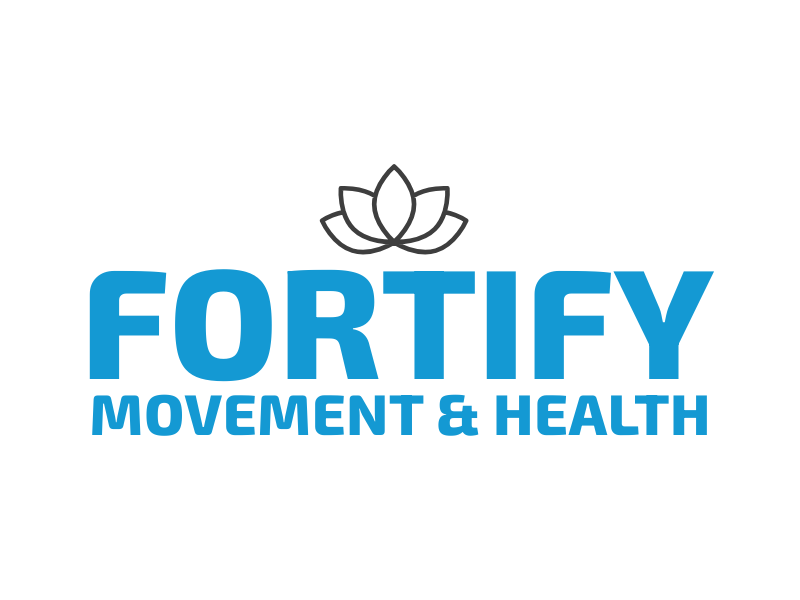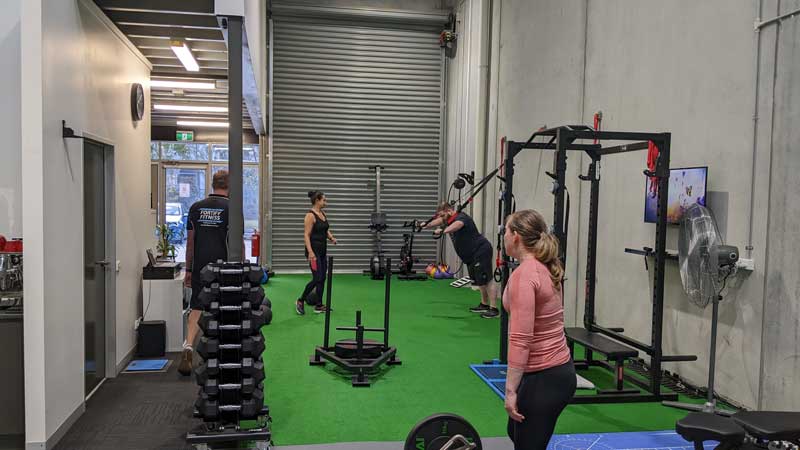Exercise physiology is a branch of physiology that focuses on the relationship between physical activity and mental health. It is a well-established fact that regular physical activity has numerous benefits for both physical and mental health. One of the most commonly sought after benefits of exercise is weight loss. In this article, we will discuss five steps to building an effective workout plan for weight loss.
Step 1: Set Realistic Goals
The first step in building an effective workout plan for weight loss is to set realistic goals. The goal should be specific, measurable, attainable, relevant, and time-bound. For example, instead of setting a goal to “lose weight,” a more specific goal would be to “lose 10 kilos in 12 weeks by exercising 3 times per week.”
Step 2: Assess Your Fitness Level
The next step is to assess your current fitness level. This will help you determine the appropriate intensity, frequency, and duration of your workouts. A fitness assessment can be as simple as taking a brisk walk and measuring your heart rate, or as complex as visiting a fitness professional for a more comprehensive assessment.
Step 3: Create a Balanced Workout Plan
A balanced workout plan is essential for weight loss. The plan should include a combination of cardiovascular exercise, strength training, and flexibility exercises. Cardiovascular exercise, such as running or cycling, helps to burn calories and improve cardiovascular health. Strength training, such as weightlifting or bodyweight exercises, helps to build muscle and boost metabolism. Flexibility exercises, such as yoga or stretching, help to improve range of motion and reduce the risk of injury.
Step 4: Track Progress and Adjust as Needed
It is important to track progress and adjust the workout plan as needed. Keeping a log of the exercises performed, the weight used, and the number of reps and sets can help to identify areas that need improvement. If progress is not being made, it may be necessary to adjust the intensity, frequency, or duration of the workouts.
Step 5: Get Support
Finally, getting support from friends, family, or a fitness professional can help to keep motivation high and increase the chances of success. Joining a fitness class or working with a personal trainer can provide the accountability and encouragement needed to stick to the workout plan.
In conclusion, building an effective workout plan for weight loss requires setting realistic goals, assessing fitness level, creating a balanced workout plan, tracking progress, and getting support. By following these steps, individuals can achieve their weight loss goals and improve their overall health and well-being.
References:
- ACSM’s Guidelines for Exercise Testing and Prescription. 9th Edition. Lippincott Williams & Wilkins. 2013
- American College of Sports Medicine. (2018). ACSM’s Guidelines for Exercise Prescription. Philadelphia, PA: Lippincott Williams & Wilkins.
- Warburton DE, Whitney NC, Bredin SS. Health benefits of physical activity: the evidence. CMAJ. 2006;174(6):801–809.




